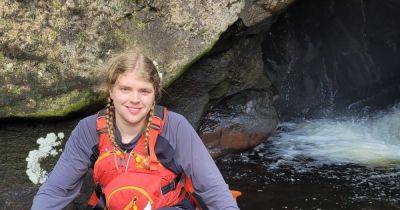2,000-year-old battering ram from Roman battle discovered deep in Mediterranean
A 2,000-year-old battering ram sunk during the First Punic War has been discovered off the coast of Sicily.
The bronze fragment of the ram, called a rostrum, was found 80 metres below sea level between the Aegadian islands Levanzo and Favignana, found in the Mediterranean north-west of Sicily.
The region's cultural heritage department said the rostrum was embedded under the nose of an ancient warship. The rams were mounted at the front of Roman warships to collide with enemy ships and cause them to sink.
It's believed this rostrum was used during the Battle of the Aegates between Rome and Carthage in 241 BC.
Carthage, found in present-day Tunisia, was a civilization that dominated the Mediterranean nearly 2,000 years ago and gained great power through maritime trade.
The civilization was at loggerheads with the Roman Republic in the third and second centuries BCE over dominance of the western Mediterranean, and three long periods of war took place between the two powers.
Carthage was defeated in all three of these wars, which became known as the Punic Wars, and fell into decline.
Experts say the discovered rostrum belonged to a ship in the Battle of the Aegates. This battle signified the end of the First Punic War between the two superpowers, which lasted 23 years and ultimately resulted in the surrender of Carthage to Rome.
The researchers' analysis shows that this rostrum has ornamental reliefs and a Roman helmet with three feathers engraved on it. This style of helmet was considered the standard and customary style for Roman soldiers at the time.
This is not the first time researchers have found artefacts including swords and coins in this part of the Mediterranean.
Francesco Paolo Scarpinato, a member of Palermo city








